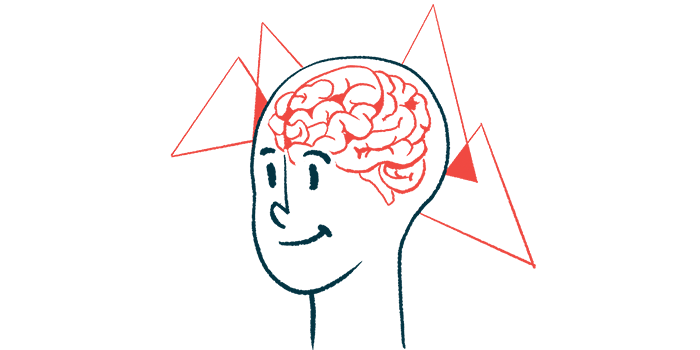RAD-PD, registry into DBS use with Parkinson’s, finishes pilot phase
Study follows patients over time to better understand surgery's benefits, risks

NeuroPoint Alliance’s (NPA) registry for people with Parkinson’s disease eligible for deep brain stimulation (DBS) surgery announced that it has completed its initial pilot phase, collecting information on more than 170 patients who underwent the treatment.
Called the Registry for the Advancement of DBS in Parkinson’s Disease, or RAD-PD, it opened to patients in the U.S. and Canada. Data collected since its 2018 launch aims to support DBS research and effectiveness by measuring and monitoring treatment outcomes over time.
Its pilot phase, sponsored by the Michael J. Fox Foundation for Parkinson’s Research and run in collaboration with the Parkinson Study Group, had 16 “actively” participating sites contributing to its final dataset. Forty-eight of the 178 enrolled patients who underwent the surgery were followed for at least one year and another six for at least two years, according to an NPA press release.
Initial analyses of collected data are underway and intend to help gain support for a planned next project phase.
“RAD-PD represents a new era of investigation of DBS therapy … Data acquired from study participants will enable the development of a comprehensive database for DBS treatment,” the alliance stated.
Registry data to aid in establishing best practices for DBS
DBS is a surgical treatment for Parkinson’s motor symptoms, such as tremors, rigidity, walking difficulties, stiffness, and slowness of movement. It usually is offered to patients who are at least four years post-diagnosis and for whom more standard disease treatments fail to fully control symptoms.
The surgery involves implanting a device to stimulate select brain regions with electric impulses generated by a battery-operated neurostimulator.
More than 100,000 Parkinson’s patients have undergone the surgery, but “many unanswered questions remain” regarding its use, the registry stated on its homepage.
These questions relate to best practices in DBS use, the incidence of adverse events and their risk factors, reasons for differences in outcomes among patients, and the treatment’s health economics.
“RAD-PD seeks to fill these knowledge gaps in an effort improve outcomes for patients receiving DBS,” it stated.
Data collected aims to help identify best practices for DBS by analyzing information regarding patient selection, surgical procedures, patient management after surgery, and medication use. Adverse events will examine issues noted during or around the time of the surgery, and those related to the implant’s long-term use, including falls, hospitalizations, and death.
Disparities in outcomes and health economics will look into differences in motor and non-motor symptoms among registry patients, treatment costs, and quality-adjusted life years, a measure of disease burden that includes both the quality and the quantity of life.
The registry’s database combines patient-reported outcomes and clinician-administered rating scales with a wide catalog of patient data, including demographics, treatment history, symptom assessments, and an imaging repository.
The NPA, a nonprofit group of the American Association of Neurological Surgeons aiming to improve the quality of neurosurgical care, manages the registry.
RAD-PD’s steering committee is made up of members of the Parkinson’s Study Group, and Fox Foundation members serve as its advisory committee.







